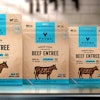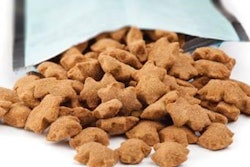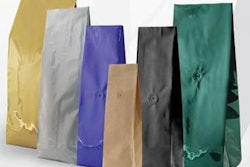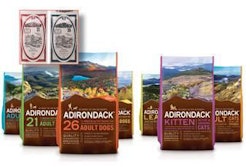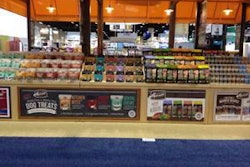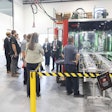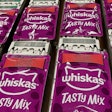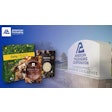With all the new packaging formats and products available today, it’s important to take a step back and be reminded of what packaging should do for you. On the most basic level, packaging:
- Contains
- Protects
- Preserves
- Displays
- Promotes
- Sells
The right packaging fulfills all the needs above, and packaging will succeed only when these most basic requirements are met.
Petfood packaging must be functional in its purpose while also meeting the marketing aspects of displaying and promoting the product. Petfood bags must be strong. There are different packaging options available in market, including the multi-wall paper bag, polywoven films and laminate film structures. Each of these options have their benefits and their disadvantages, but they should all be built and constructed with thoughts of high-speed packaging lines and the rigors of distribution in mind.
While the market continues to diversify and we see more and more specialty products hit the market, it is important to remember that petfood and its packaging is still about tonnage and moving product out the door. The economies of scale in petfood is quite amazing. High-speed extruders and manufacturing can produce a glut of product that must be packaged and sent into distribution, so it’s important that packaging does not become the cog in the wheel for the folks in production.
In most petfood plants, packaging is typically run on high-speed machinery. This machinery can sometimes be purpose built for the type of packaging that will be running on it. However, more times than not, the machine was originally built to run multiple types of packaging. This allows for great flexibility for the packaging line but also creates challenges in that the machine must package different formats that might have fundamentally different attributes.
Case in point: a packaging machine for large bag formats (i.e., 15 lbs.–30 lbs.) that packages multi-wall paper might have a bag flattener installed to remove entrapped air out of the bag and spread product evenly throughout the package prior to the bags being placed on a pallet. This flattener works well for paper bags, as it removes entrapped air after the bags have been glued or stitched close because the paper bag is not airtight. If a laminate bag is being packaged on the same machine, the bag flattener while distributing the product evenly in the bag will not deflate or flatten the bag, as the laminate bag was heat sealed closed prior to the flattening unit. As the laminate bag is airtight, air cannot be removed from the package unless the bags are perforated or there is some other method to remove entrapped air. To remove air out of the bag, the machine must be designed to deflate the bag prior to the bag being sealed.
This makes packaging multiple types of packaging on packaging machines challenging and something that should be discussed when developing and designing a new package project. It’s vitally important for anyone looking to launch a new product or project to speak to all parties involved in the packaging decisions. This typically includes marketing, sales, production or contract manufacturers, and ultimately the packaging supplier. Each of these groups brings a different knowledge base and understanding to the table. All should be consulted prior to developing a new product.
